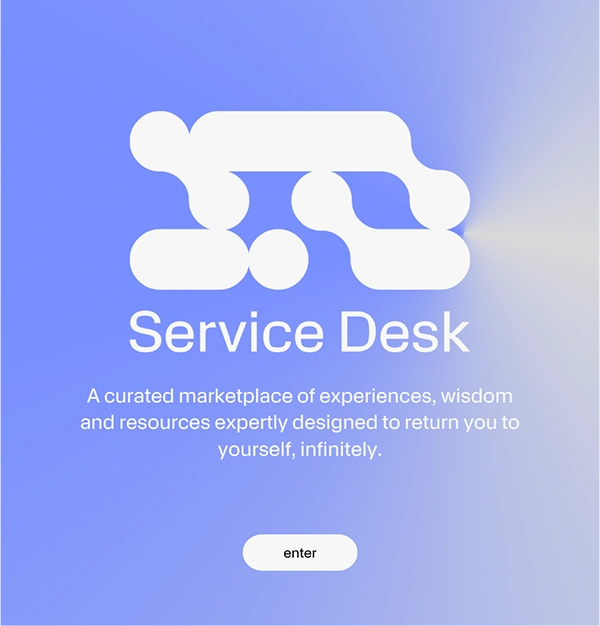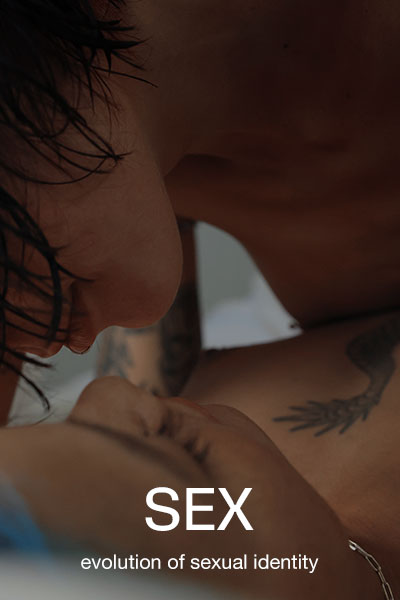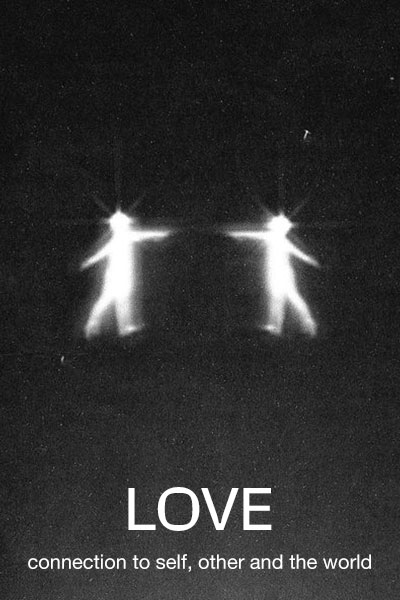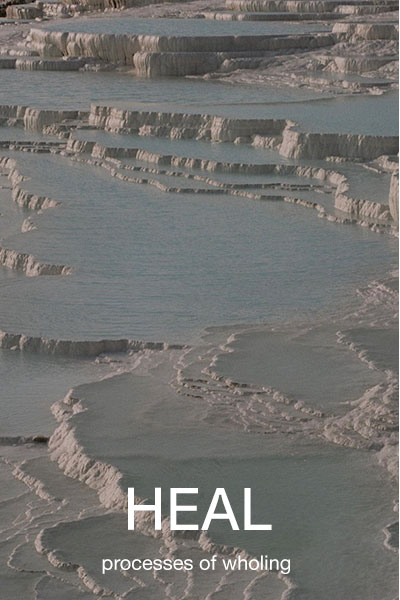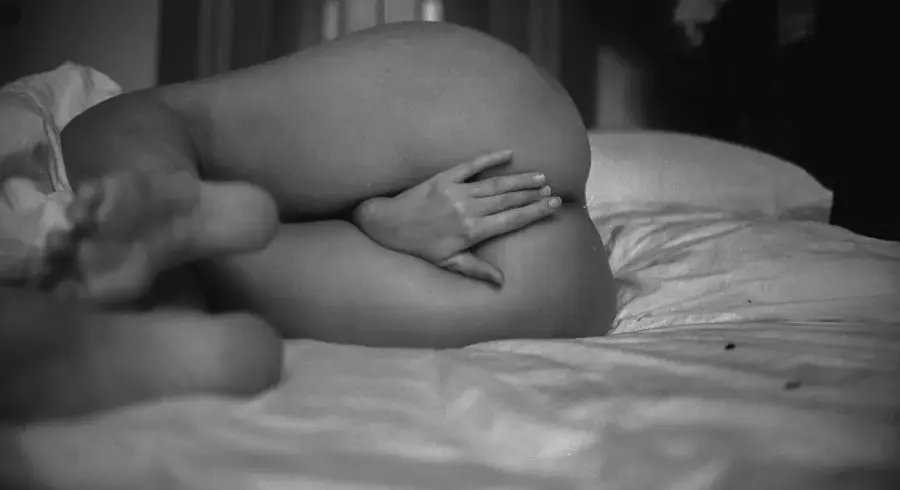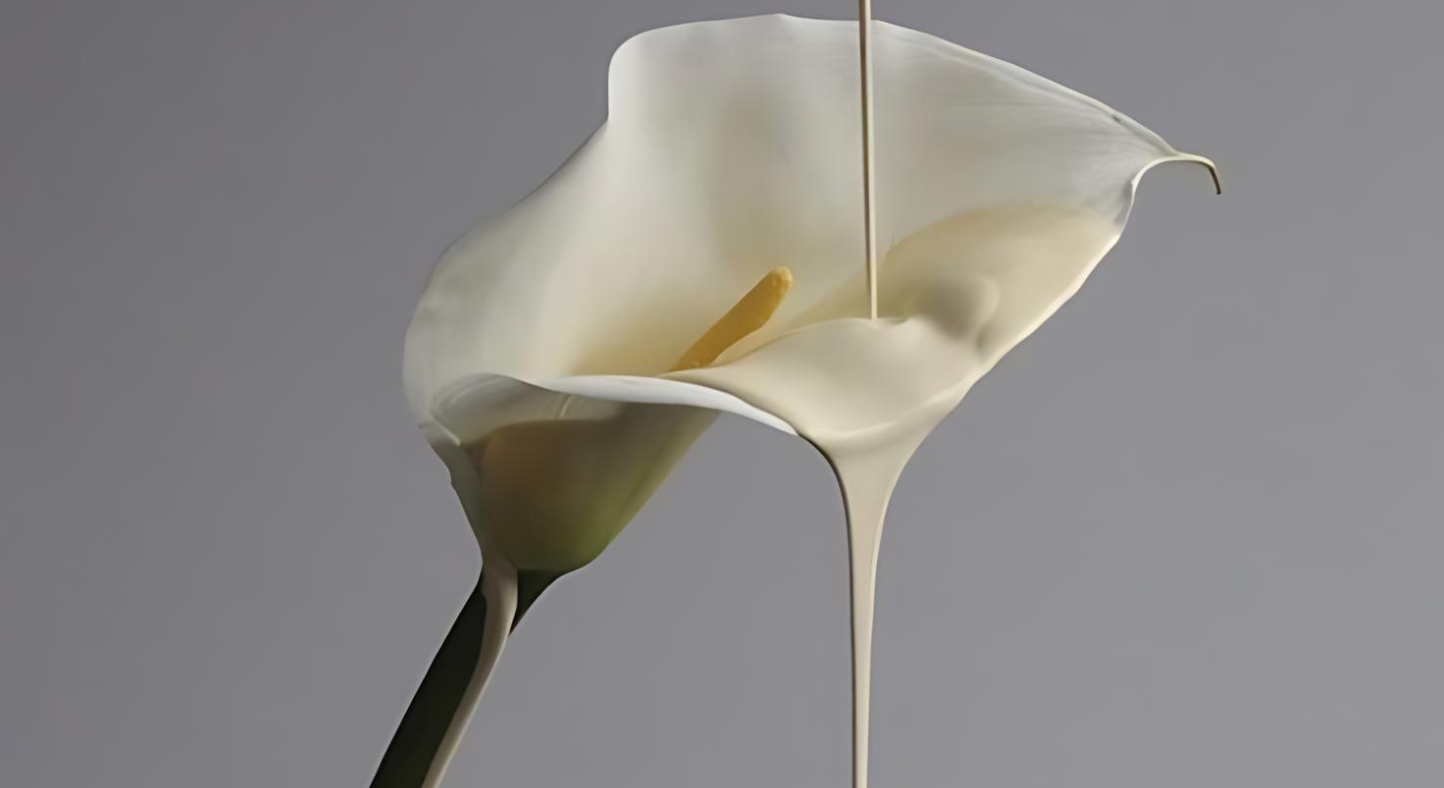PLEASURE AND PAIN RELIEF
EMBRACING THE WHOLE SPECTRUM OF THE HUMAN EXPERIENCE.
There is a relational spectrum, with pleasure at one end, and pain at the other.
While the hedonists among us yearn to stay in a constant pleasure state, we humans generally sit somewhere in the middle of this spectrum and swing either way in response to what is happening in our internal and external worlds. Our mood, emotions, hormones and external surroundings might co-create feelings of delight, enchantment, empowerment, passion, energy, bliss, or in other words: pleasure. Or, these same factors, might bring to the surface feelings of physical or emotional agony, anguish, loneliness, shame or perhaps regret. We might call these feelings painful.
As humans, we generally like to avoid pain. Because, pain hurts. Duh. But more than that, pain is often about safety, or a lack thereof. Not feeling safe to feel into the body, or the relationship. The relationship with ourselves, our partner, our ex, our parents. Not feeling safe in the self, or in our physical place in the world really hurts. And of course, so does physical pain, as a person with endometriosis, my tender heart goes out to those in particular who live with chronic pain.
“I take pleasure in my transformations”, says pleasure writer and hopeless romantic Anaïs Nin. And I think, we can learn a lot from her. When we experience pleasure in the body, be it sexual or more simple thrills, not only do we get a cool hormonal hit that juices up our cup. We also give our body new information about what is possible for it to experience, feel safe within and survive.
We want to find a balance between feeling our shit and knowing when to hack our system so we can input new information, and not repeat a pain cycle induced by our pre-emptive anxiety of it. That is, the cycle of fearing pain, experiencing pain, fearing pain and then you guessed it, experiencing it again.
Recent studies in neurobiology highlight two key things around pain and pleasure. Firstly, that the way our body experiences physical pain and emotional pain are not too different from each other, and secondly that “in contrast to the effects of anxiety in augmenting pain, positive emotional states generally reduce pain.”
So, for those of who are faced with pain through chronic conditions, one-off injuries (acute pain) or emotional pain such as heartbreak or trauma responses, pleasure can be our best friend, as well as finding ways to keep anxiety at bay which preempts pain for us. While this is the body’s attempt at keeping us safe, it comes from an older part of the brain, our survival brain, which sends the message ‘brace for pain’ as if we still live in cave people times and don’t have a myriad of new resources and systems to support us in our pain. Supports like: therapy, occupational therapy, physiotherapy, osteopathy, kinesiology, pain management medication, meditation, yoga therapy, reconstructive surgeries, water-based therapies. The list goes on.
And of course, we have our pleasure. Whether that arises form the calm of watching a swan tend to her swanlings on a broken-hearted walk or the energetic reset of an epic orgasm. We can learn through holding ourselves in potential pain and still making room for pleasurable moments, that we are safe, free and intelligent enough to hold the complexity of being able to experience this whole spectrum. That in doing this, our edges of experience for what we can hold ourselves in, with regard to both pleasure and pain will continue to expand and teach us more lessons on presence, patience and unsuspecting wonders.
GETTING KINKY
Kink and BDSM offer us stellar new ways we can explore the intersections of pain and pleasure. Weaving together threads of surrender, power, play, consent, the erotic, vulnerability, tease and trust in a way that our brain is rarely able to explore. For some, having a sense of control over their pain can bring great pleasure, for others they can explore their capacity to hold themselves in extreme arousal and edges of pain all at once. Not for everyone, but surely a liberating exploration for those who are game.
WINDOW OF TOLERANCE
While pleasure can be an amazing tool for bringing an energising quality to a body that is experiencing some kind of pain. The concept of the window of tolerance, commonly referenced in psychology and therapeutic practices, highlights that it is also important that we do not simply avoid our pain in order to escape it. That with emotional pain in particular, we “learn how to widen our [their] personal, unique Window of Tolerance, as well as to have methods to stay in the Window of Tolerance via self-soothing and self-regulating behaviour.” This could look gently re exposing ourselves piece by piece to what hurts, and watching our capacity to hold it grow alongside it. It is generally guided by a therapist or medical professional, to keep you safe.
COME, GOOD.
With all this in mind, I am a big advocate of using my orgasms to shift my perspective or bring some pleasure to counteract pain. Chemically speaking, orgasms release all the good stuff. We are talking the big three: endorphins, serotonin, and dopamine. While I believe we are more than just chemicals and hormones, we cannot underestimate the power of our body releasing these hormones – from general health to feel good vibes to researched pain decrease. There is research around this to support migraine sufferers and various vulva pain conditions. I’ve done some of my own research and I can say pretty confidently that orgasms ain’t bad for a broken heart either.
So drop in, let go and let the good times come!




